Thankfully, it’s unlikely the solar array could be weaponized into an orbiting “death ray”.
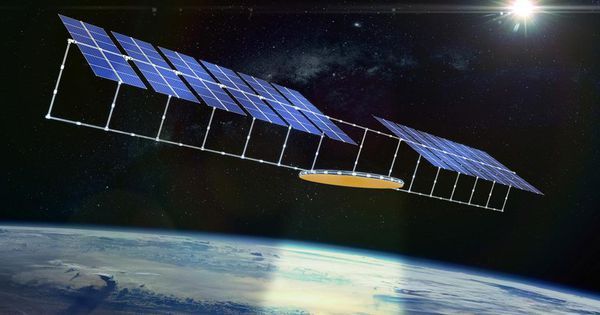


SpiNNaker was built under the leadership of Professor Steve Furber at The University of Manchester, a principal designer of two products that earned the Queen’s Award for Technology —the ARM 32-bit RISC microprocessor, and the BBC Microcomputer.
“The ultimate objective for the project has always been a million cores in a single computer for real time brain modelling applications, and we have now achieved it, which is fantastic.” — Professor Steve Furber, The University of Manchester
Inspired by the human brain, the SpiNNaker is capable of sending billions of small amounts of information simultaneously. The SpiNNaker has a staggering 1 million processors that are able to perform over 200 million actions per second.
While the International Space Station was traveling over the north Atlantic Ocean, astronauts David Saint-Jacques of the Canadian Space Agency and Nick Hague of NASA grappled Dragon at 7:01 a.m. EDT using the space station’s robotic arm Canadarm2. go.nasa.gov/2WmNrki
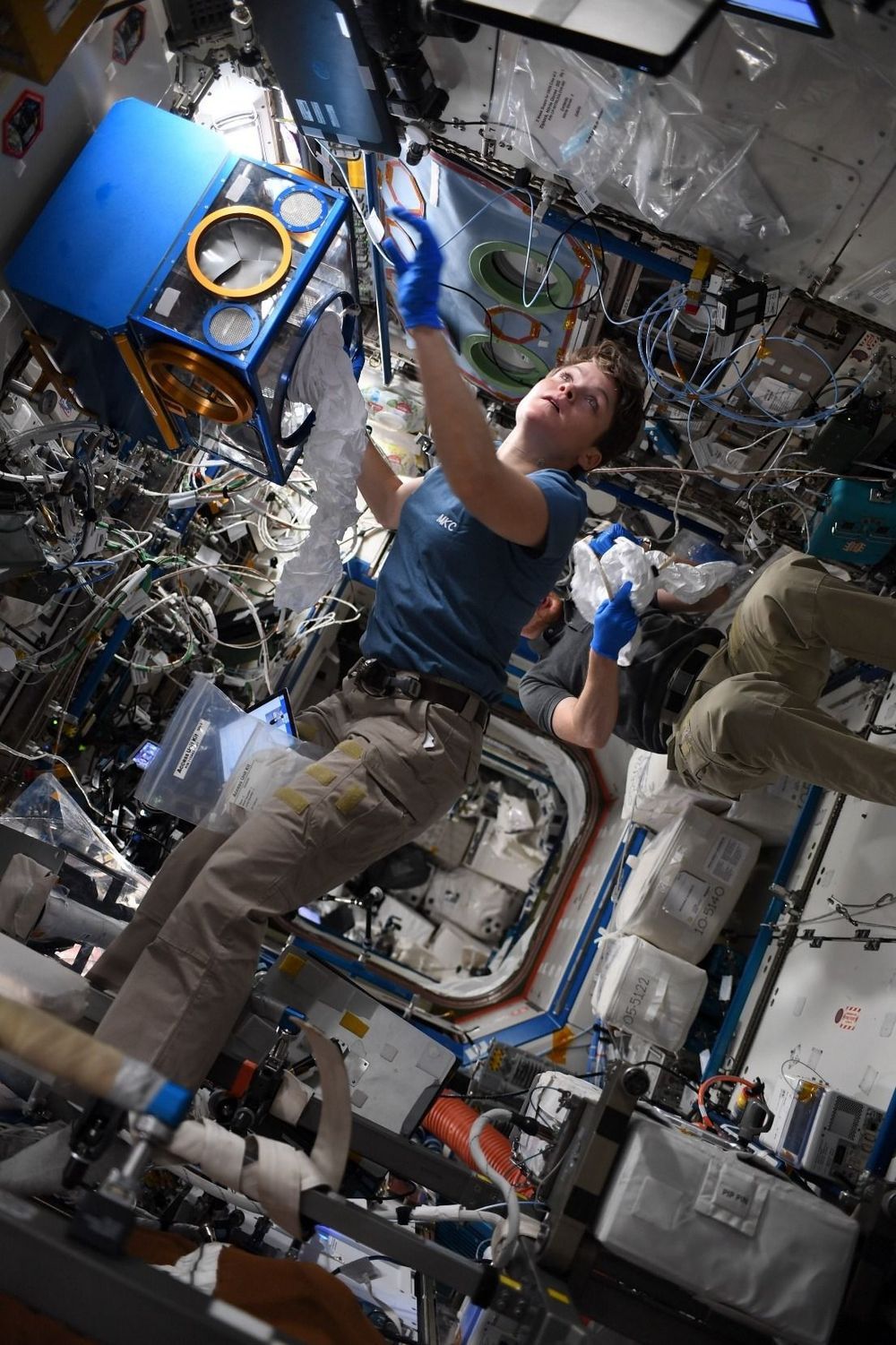
Spaceflight — in addition to being awesome — causes significant changes in the human immune system. We are careful with our astronauts so they don’t get sick during spaceflight, but we need to ensure their immune systems are strong when they start embarking on longer trips. Learn about the latest International Space Station research: https://www.nasa.gov/mission_pages/station/research/news/rr-…y-in-space

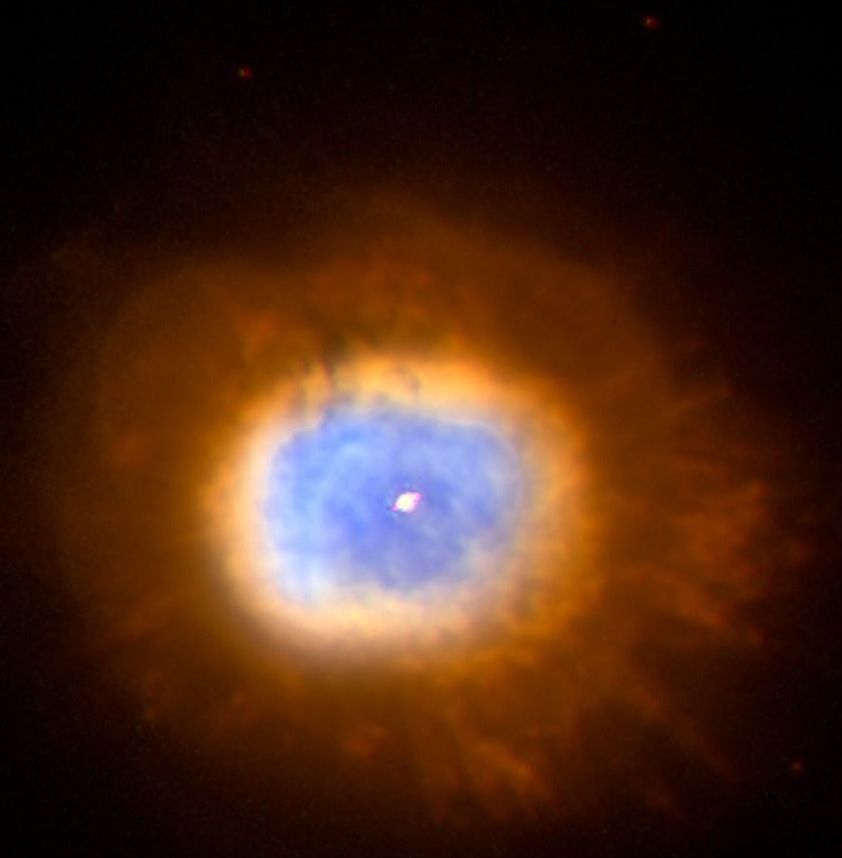
#MayTheFourthBeWithYou from the real-world Space Warfighters at Air Force Space Command! You will now watch this video we made—unless Jedi mind tricks don’t work on you. Either way, please share! #StarWarsDay
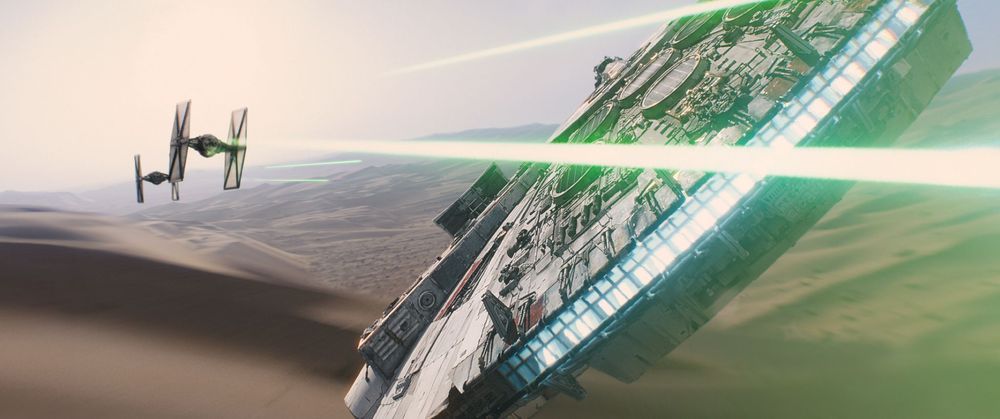
#StarWarsDay #StarWars #StarWarsCelebration #NASA #MayThe4thBeWithYou
Space Screening, ‘TIE’-ins, Tatooine and The Droids You’re Looking For
NASA astronauts “use the force” every time they launch … from a certain point of view. We have real-world droids and ion engines. We’ve seen dual-sun planets like Tatooine and a moon that eerily resembles the Death Star. And with all the excitement around the premiere of Star Wars: The Force Awakens, the Force will soon be felt 250 miles above Earth on the International Space Station. Disney is sending up the new film so the astronauts can watch in orbit, and the station’s commander, Scott Kelly, can hardly wait:
If you’re looking to be a “sky walker” yourself someday, NASA is now taking astronaut applications and we’re offering a list of Star Wars-related reasons you should apply. Recently returned station astronaut Kjell Lindgren is such a fan that he posed with his station crewmates in a Jedi-themed mission poster and talked to StarWars.com about it. Shortly before leaving the station, Lindgren tweeted about the uncanny resemblance of the station’s cupola to the cockpit of an Imperial TIE Fighter:
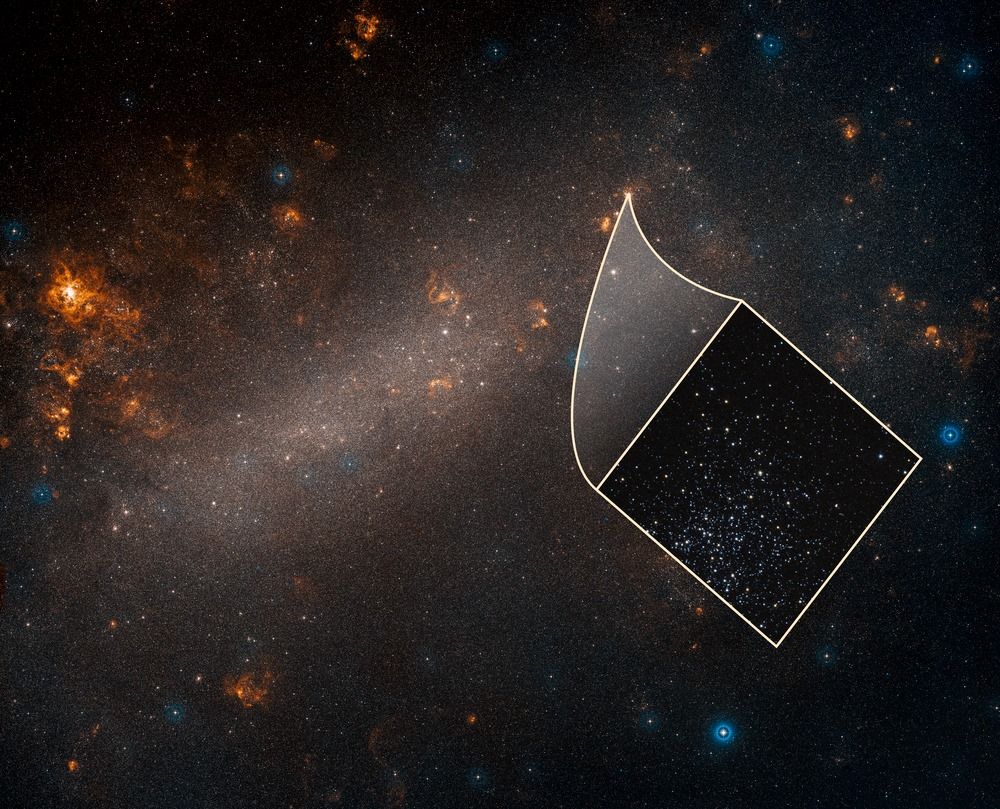
How far is far? And, how do you know when you get there? In 1995, astronomers decided to use Hubble to conduct a bold and daring experiment to address this puzzle. For 10 consecutive days, Hubble stared at one tiny, seemingly empty patch of sky for 1 million seconds.
The gamble of precious telescope time paid off. Hubble captured the feeble glow of myriad never-before-seen galaxies. Many of the galaxies are so far away it has taken billions of years for their light to reach us. Therefore, the view is like looking down a “time corridor,” where galaxies can be seen as they looked billions of years ago. Hubble became astronomy’s ultimate time machine.
The resulting landmark image is called the Hubble Deep Field. At the time, the image won the gold medal for being the farthest peek into the universe ever made. Its stunning success encouraged astronomers to pursue a series of Hubble deep-field surveys. The succeeding surveys uncovered more galaxies at greater distance from Earth, thanks to new cameras installed on Hubble during astronaut servicing missions. The cameras increased the telescope’s power to look even deeper into the universe.